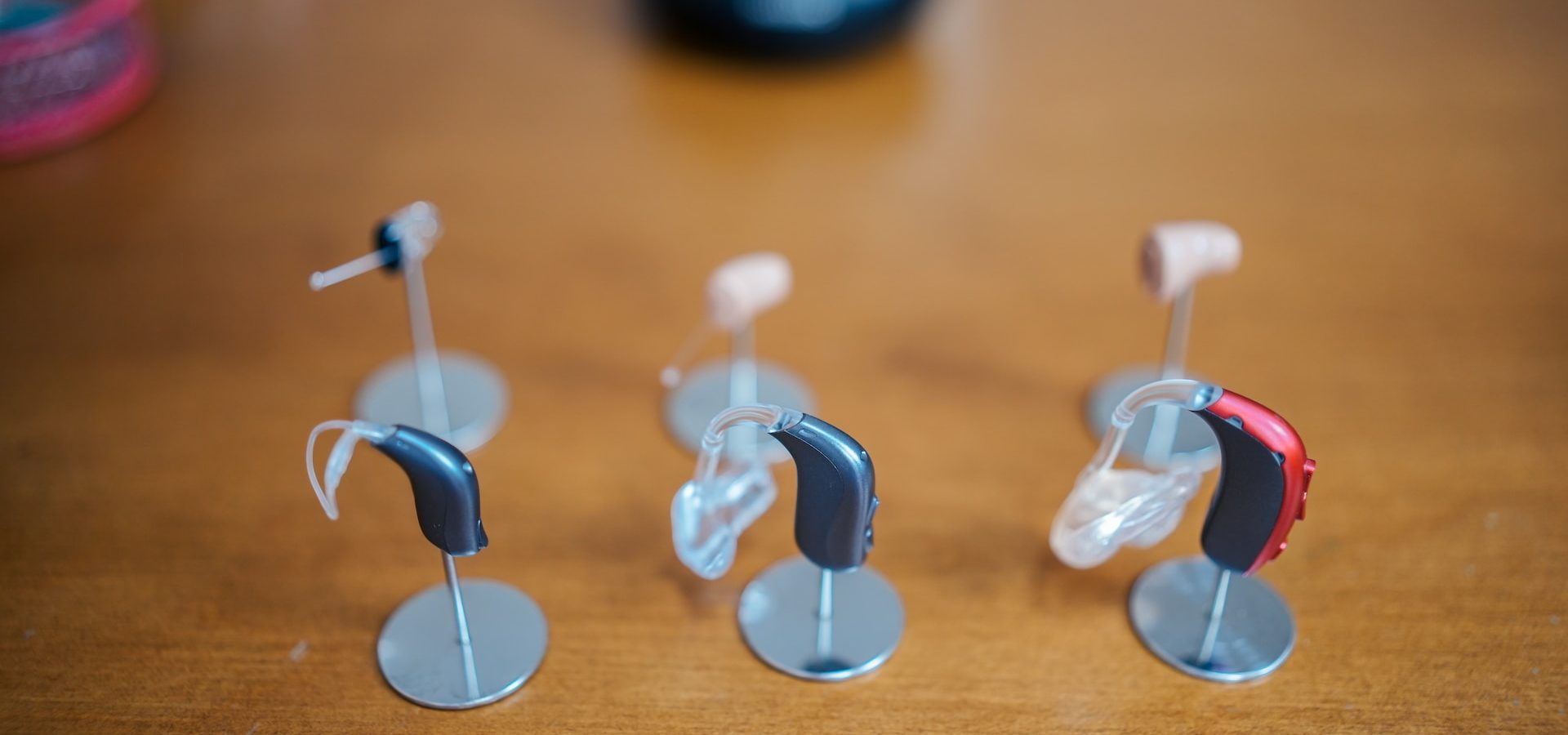Menu

Hearing loss can be a frustrating and isolating experience. Fortunately, hearing aids can significantly improve communication and overall quality of life. However, the key to getting the best out of your hearing aid is proper tuning.
Properly tuning your hearing aid requires an understanding of your hearing needs and familiarity with your device’s features and settings. In this article, we will discuss some tips on how to tune your hearing aid for optimal performance, as well as the benefits of regular maintenance.
Step 1: Understand Your Hearing Needs
The first step in tuning your hearing aid is understanding your hearing needs. Every person is unique, and so is their hearing loss. Your hearing aid should be tuned to meet your specific hearing requirements. Therefore, it is essential to have a hearing test to determine the frequency and severity of your hearing loss.
The hearing test will help your audiologist to customize your hearing aid settings to suit your hearing needs.
Step 2: Familiarize Yourself with Your Hearing Aid
Before you start tuning your hearing aid, it is essential to familiarize yourself with its features and settings. Read the user manual and understand the different controls and settings.
Most modern hearing aids come with smartphone apps that allow you to adjust the settings from your phone. Therefore, it is important to download the app and learn how to use it.
Step 3: Start with the Basic Settings
Once you have familiarized yourself with your hearing aid, it is time to start tuning it. Start with the basic settings, such as volume and program settings. Adjust the volume to a comfortable level and select the appropriate program for your environment. For example, if you are in a noisy environment, select the program that reduces background noise.
Step 4: Fine-Tune the Settings
After you have set the basic settings, it is time to fine-tune the settings. Fine-tuning involves adjusting the settings to meet your specific hearing needs. For example, if you have difficulty hearing high-pitched sounds, you can adjust the treble settings to amplify high-pitched sounds.
Similarly, if you have difficulty hearing low-pitched sounds, you can adjust the bass settings to amplify low-pitched sounds.
Step 5: Test Your Hearing Aid
Once you have fine-tuned your hearing aid, it is important to test it to ensure that it is working optimally. You can do this by listening to different sounds and voices in different environments.
For example, you can listen to music, watch TV, or have a conversation with a friend in a noisy environment. If you notice any issues, such as distortion or feedback, you may need to adjust the settings further.
Step 6: Regular Maintenance
Tuning your hearing aid is not a one-time process. Your hearing needs may change over time, and so will your hearing aid settings. Therefore, it is important to have your hearing aid checked and tuned regularly by your audiologist.
They can help you make adjustments to your hearing aid settings and ensure that it is working optimally.
Conclusion
Tuning your hearing aid is an important process that can help you get the best out of your device. By understanding your hearing needs, familiarizing yourself with your hearing aid, and fine-tuning the settings, you can ensure that your hearing aid is working optimally.
Regular maintenance is also important to ensure that your hearing aid settings are up-to-date and meet your changing hearing needs. If you have any concerns about your hearing aid, speak to your audiologist, who can help you make the necessary adjustments.
Don’t let hearing loss hold you back any longer! Book your free hearing consultation with Fraser Valley Beltone today at our Chilliwack hearing aid clinic. Our experienced team will work with you to determine the best solution for your individual hearing needs. Take the first step towards better hearing health, and book your appointment today!
Share Post
Facebook
Twitter
LinkedIn
Email
Reddit
Pinterest
